The flavors emitted by coffee are rich and changeable, attracting countless people to be addicted to it and compete to feel the “glimpse” that stays in the mouth! This also leads to those coffees that are naturally endowed with prominent flavors being more expensive. Therefore, if we want to feel where the “expensive” of the expensive coffee comes from, then we must practice the ability to perceive the flavors frequently. So today, Qianjie will share – “How to quickly enhance the ability to perceive the flavor of coffee” ~
The flavor of coffee is composed of two aspects: taste and aroma! Based on the combination of taste and aroma, associate with the corresponding concrete food, this is the flavor of coffee! Taste is very easy to understand, sour, sweet, bitter, and salty are the four tastes that we can clearly identify in the coffee through the taste buds on the tongue. Therefore, Qianjie will not inject too much writing into the taste. Compared with the taste perception that has been trained since childhood, the ability to distinguish the aroma will be more important.
What constitutes the aroma of coffee?
If we want to be able to clearly distinguish the aroma in the coffee, then we must first understand what kind of structure it is! The aroma of coffee is composed of 29 types of compounds such as diketone, furfuryl mercaptan, furan, and alkyl pyrazine. Up to now, the aromatic compounds discovered in coffee have exceeded thousands of kinds! The huge number of this data has far exceeded the types of aromas that ordinary people can distinguish, and the aromas are mainly similar, not a one-to-one consistent taste. Therefore, the difficulty of identifying the aroma is so great.
And there are so many types of coffee aromatic substances, which are inseparable from various reactions produced when the raw coffee beans are roasted. When the coffee beans are still in the state of raw beans, more than 300 kinds of aromas are owned. After they have undergone various chemical reactions during the roasting, more than a thousand kinds of aromas can be constructed! These aromas, as aromatic substances, all have volatility. So this is why, the coffee that has been left for a long time is not as fragrant as when it was just cooked, not only because it has cooled down and been left for a long time, but also because the aroma has evaporated completely. So if we want to perceive the obvious flavor of coffee, it is best to taste and feel it during the period when it has just been brewed.
Two mechanisms for perceiving aroma
We can use the two mechanisms owned by the human body to feel the aroma, the first is our pre-nasal smell: pre-nasal smell is to sense the external aroma by inhaling through the nose; then the second type, post-nasal smell: post-nasal smell is to sense the aroma through the nasal passage in the mouth! When the coffee exists in the mouth, or is swallowed, the aroma of the coffee will be sucked in by the nasal passage in the mouth and perceived.
Drinking more, smelling more, and feeling more is a method that Qianjie often mentions, and also the most recommended one. If you want to be able to quickly distinguish the aroma in the coffee, then you must first let us establish a “flavor library” with sufficient content, only in this way can we identify its type at the first time when we drink this aroma. If there is not enough content to support, then no matter what flavor it is for you, it must be a strange existence, and it will directly subconsciously think that this cup of coffee only has sourness, bitterness, or just the taste of coffee.
How to distinguish the flavors in coffee?
At the beginning, Qianjie will recommend that while drinking more, according to its taste and aroma, combined with the flavor wheel to make the flavor concrete. In response to the needs of friends, Qianjie found a clearer version (actually AI repaired), click on the picture to save directly ~
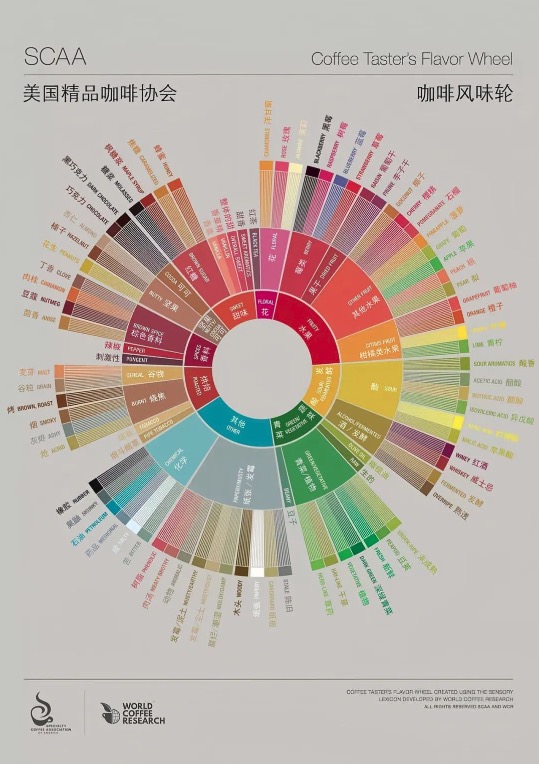
The flavor wheel is composed of three rings: the inner ring is the outline of the types, and you can imagine them as the level of Arabica, Robusta, and Liberica, which is equivalent to a general category; the middle ring is the subcategory from the large category of the inner ring; the outer ring is the final ring of the specific items under the small category, that is, the concrete taste that we perceived. When we understand the corresponding relationship between them, it is very easy to understand the way to use this flavor wheel!
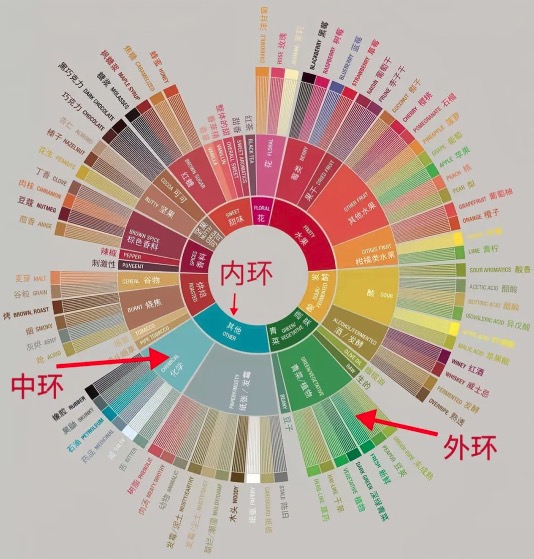
For example, when we drink a coffee and taste a rather sweet taste, then, we can refine from the sweet category in the inner ring of the flavor wheel until we find the corresponding concrete food. Is this sweet a sweet with aroma, or just a simple sweet?
If it is a sweet with aroma, then we can go down to the brown sugar category in the middle ring! Then, if the aroma it carries is a burnt aroma, then combined with the taste, it can be a caramel flavor; if the aroma has the taste of honey and the taste is relatively mellow, then it can be classified as “honey”. (The comprehensive application of the flavor wheel can be moved to the article “An In-Depth Explanation of the Use of the Flavor Wheel“, and Qianjie will not elaborate too much here ~)
In addition to the flavor wheel, of course, there are other auxiliary tools to help us enhance the flavor perception ~ such as “fragrance bottles”, but due to the price of the fragrance bottles is quite emmm, you know, so Qianjie still recommends combining with the flavor wheel, drinking more, smelling more, and feeling more ~
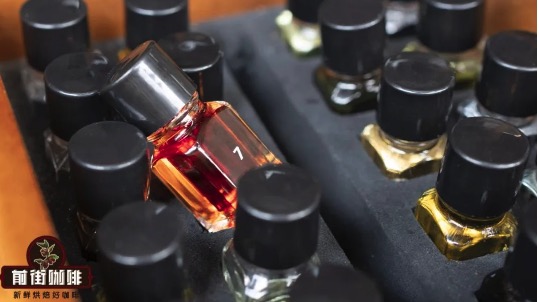
Of course, the flavors stored in the flavor wheel are limited, and there are many foods in China that do not exist abroad, so they will not be included in the flavor wheel. If you feel a food that does not exist in the flavor wheel during the process of drinking coffee, don’t worry, this is not a problem with your sense of smell and taste, but it does exist, but it just doesn’t, it just doesn’t exist in the flavor wheel ~
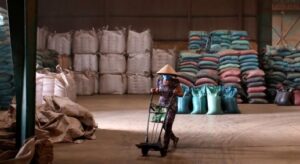
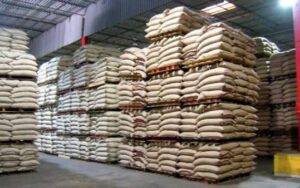


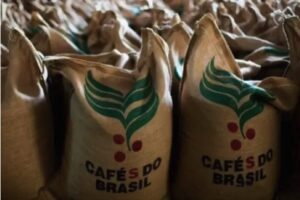


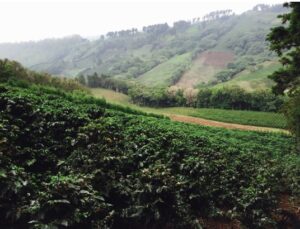

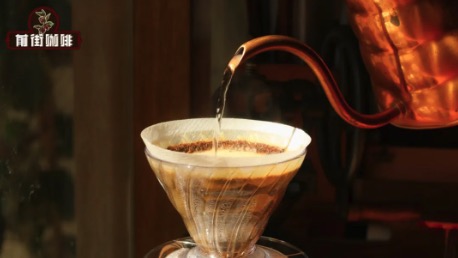

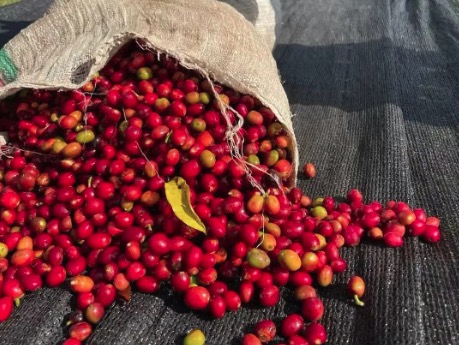
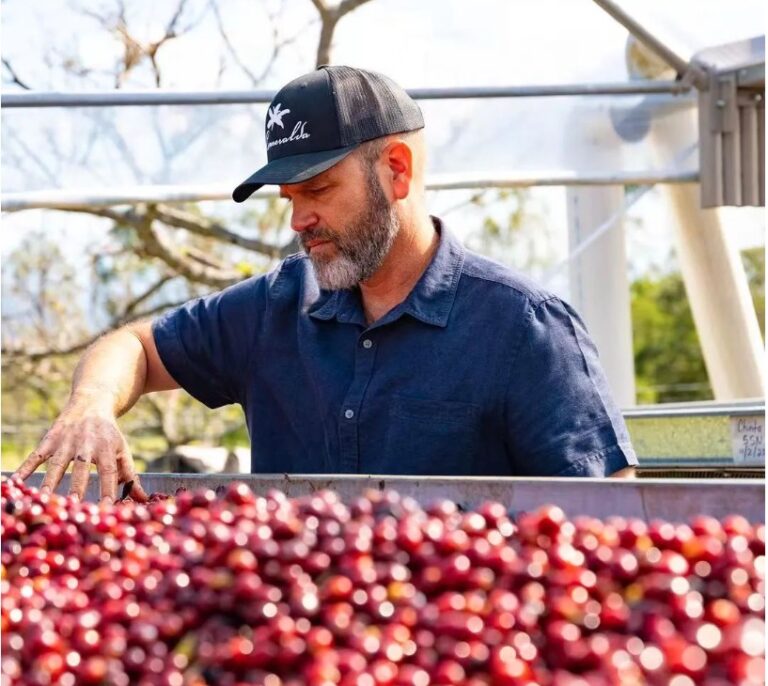
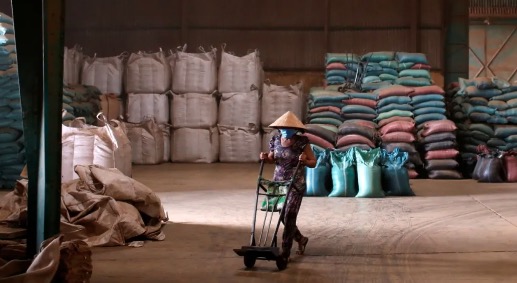
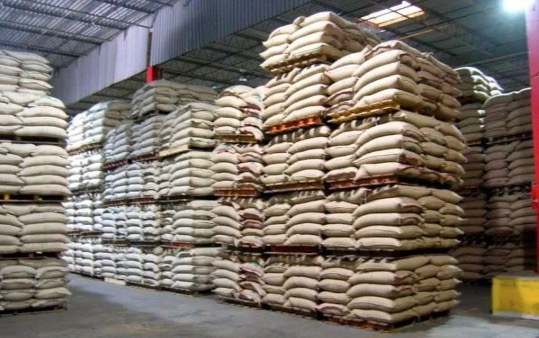




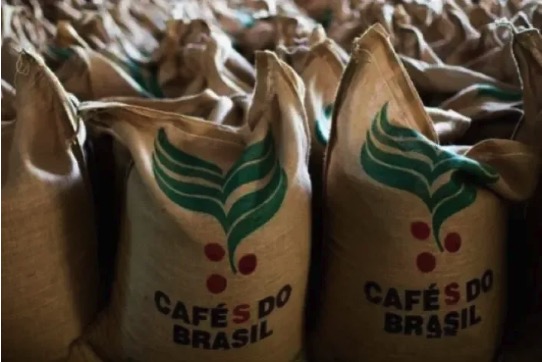


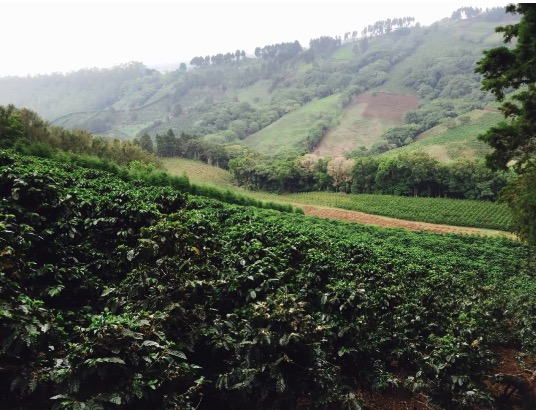
+ There are no comments
Add yours